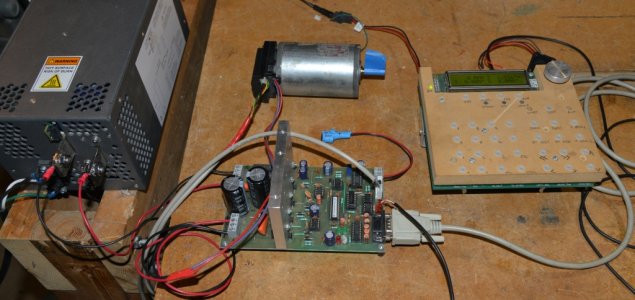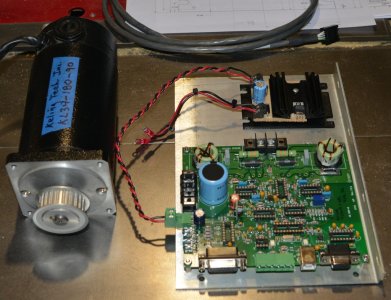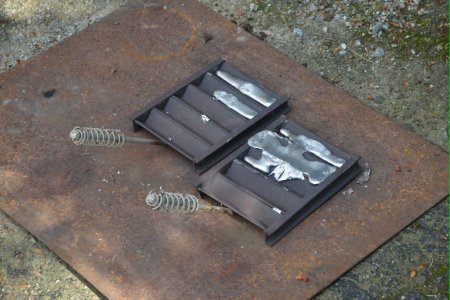Former Member
Guest
Well I your case I have a solution for you. Ditch the pneumatics and swap out for a Teknic Clearpath SDSK servo , you'll need to determine your torque required to pick accordingly (the 800 position encoder are more than sufficient for you. A simple controller to rotate 400 to 600 counts (1/2-3/4 turn).I bought the plans for a butterfly wrench manual system where the air valve is moved down to a place where it's reachable. An air cylinder pushes the wrench onto the draw bar. I think I posted some photos in another thread. I'll see if I can find it.
Here's the issue. Most of my tooling is Tormach Tooling; TT type but I have a number of other R8 tools. If you aren't familiar with the TT type it's a 3/4" R8 collet with the top ground flat. The TT holders are pulled up against the spindle as the R8 is pulled up. To release it takes 1/2 to maybe 1 turn of the draw bar to allow the tool to be pulled out.
R8 tooling can take 10 turns. If you turn the drawbar on the R8 TT collet 10 turns then out comes the TT holder and the R8 collet which defeats the whole point of the TT type.
What I've found is that I cannot control the Butterfly impact wrench well enough to make it turn 1/2 or 3/4 turn and then stop. This includes hall sensors and counting revs.
Here we go:

Micro-controller controlled Pneumatic Power Draw Bar
This is a more appropriate place to continue the thread that started out asking about coil springs. https://canadianhobbymetalworkers.com/threads/coil-springs.3876/page-2#post-51519 Finally got around to casting the patterns today. Also since it appears that my AliExpress ordered pneumatic...canadianhobbymetalworkers.com
These are just amazing. If you stall these thing you way over torqued them, like in the range of beyond 4x thier 100% duty cycle (don't ask how I know).
Expensive but worth every cent. I won't use steppers.





